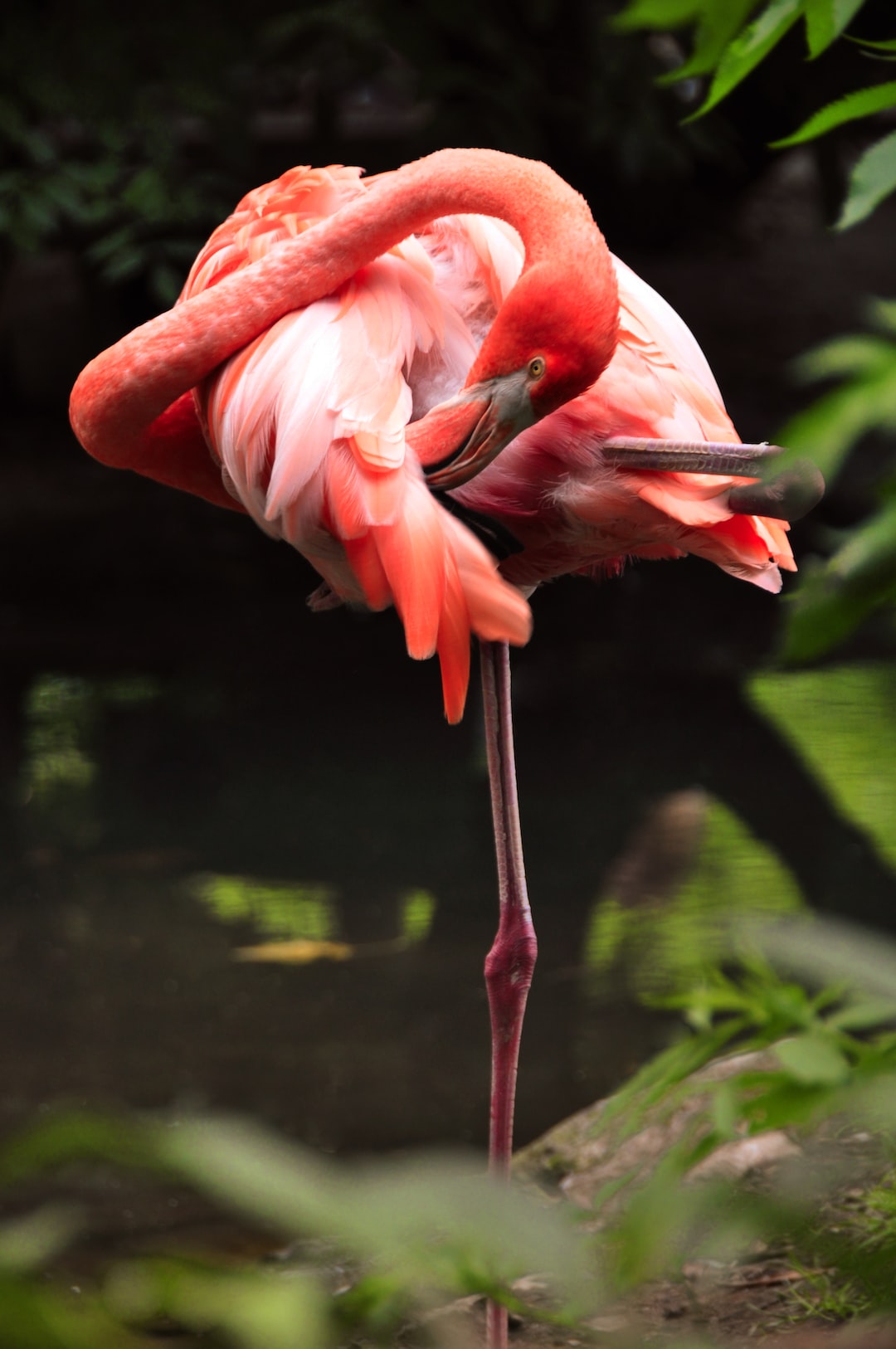How to Create a Safe and Enriching Habitat for Your Reptile Pet
Reptiles make fascinating and unique pets, offering a glimpse into the world of exotic animals. Whether you own a snake, lizard, turtle, or any other type of reptile, providing a safe and enriching habitat is crucial for their well-being. In this blog post, we will guide you through the essential steps to create a habitat that mimics their natural environment, ensuring your reptile pet feels safe, happy, and healthy.
1. Research Your Reptile’s Species
The first step to creating an ideal habitat for your reptile pet is understanding their natural habitat in the wild. Different reptiles have distinct environmental requirements, including temperature, humidity, and lighting conditions. Research your reptile’s species to determine their specific needs, as this will be the foundation of designing their habitat.
2. Choose the Right Enclosure
Choosing the appropriate enclosure is vital to ensure the safety and comfort of your reptile pet. The size of the enclosure should provide sufficient space for your pet to move and explore. Avoid enclosures with mesh tops, as this may lead to injury and escape attempts. Opt for enclosures made of glass, acrylic, or plastic that have secure latches to prevent any mishaps.
3. Temperature and Lighting
Temperature control is crucial for reptiles, as they rely on external sources to regulate their body temperature. Install an appropriate heat source, such as a heat lamp or heating pad, on one side of the tank to create a temperature gradient. This allows your reptile to move between warmer and cooler areas according to their needs.
In addition to temperature, correct lighting is vital for reptiles that require ultraviolet (UV) light exposure. UVB-producing bulbs should be used to simulate the natural sunlight that reptiles would receive in the wild. This is essential for their calcium absorption and overall health. Set up a lighting schedule to mimic natural day and night cycles, ensuring your pet has a consistent routine.
4. Substrate and Furnishings
Choosing the right substrate is important for your reptile’s comfort and hygiene. Various options are available, such as reptile carpet, newspaper, and mulch, depending on the species. Avoid substrates that can be ingested and cause impaction, such as loose particle bedding for small reptiles.
Furthermore, furnishing the enclosure with appropriate decorations and hiding spots is crucial for your reptile’s mental stimulation. Rocks, branches, and artificial plants mimic their natural environment and provide opportunities for climbing and hiding. Ensure that all decorations are securely placed, avoiding anything that can potentially fall and harm your pet.
5. Water and Humidity
Reptiles require sources of clean water to stay hydrated. Provide a water dish that is large enough for them to soak in if needed. The dish should be shallow to prevent drowning, especially for smaller reptiles. Regularly clean and refill the water dish to maintain its hygiene.
Maintaining proper humidity levels is also essential, especially for reptiles that require higher humidity such as tropical species. This can be achieved through misting, adding a water feature, or using a humidifier. Measure humidity levels regularly with a hygrometer, ensuring they fall within the appropriate range for your reptile’s species.
6. Nutrition and Feeding
A balanced diet is crucial for your reptile’s overall health. Research your pet’s specific dietary needs, as their food requirements can vary greatly between species. Feed a variety of fresh fruits, vegetables, insects, or commercial reptile food to ensure they receive all necessary nutrients. Be mindful of portion size to prevent overfeeding and weight-related health issues.
7. Regular Maintenance and Monitoring
Maintaining a clean and healthy habitat is essential for your pet reptile’s well-being. Regularly clean the enclosure, removing waste, uneaten food, and replacing soiled substrate promptly. Ensure proper ventilation to prevent stagnant air and the growth of harmful bacteria.
Monitor your reptile’s behavior, appetite, and physical condition closely. Regular vet check-ups are also important to detect any potential health issues early on. Maintain a record of their behavior and any changes observed, helping you identify patterns and potential concerns.
In conclusion, creating a safe and enriching habitat for your reptile pet requires careful consideration of their specific needs. By researching their natural habitat, providing appropriate temperature and lighting conditions, choosing the right enclosure, substrate, and furnishings, and offering a balanced diet, your reptile will thrive in their new environment. Regular maintenance and monitoring will ensure their continued health and happiness as they adapt to their new home.

